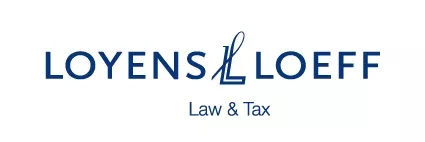- within Privacy, Consumer Protection and Environment topic(s)
When launching a Luxembourg ELTIF, selecting the appropriate legal form is a critical first step. While the Luxembourg société en commandite spéciale (SCSp) is the preferred vehicle for traditional closed-ended private fund offerings, the Luxembourg public limited liability company (SA) and the partnership limited by shares (SCA) are better fit for ELTIF funds targeting HNWI.
The SCSp offers significant contractual flexibility. Luxembourg company law contains only a handful of provisions governing the SCSp, most of which can be contractually overridden. This flexibility has limited relevance for ELTIFs targeting HNWIs, as such funds, typically, do not negotiate terms with individual investors. In addition, the SCSp is also not tax opaque, whereas HNWIs often prefer tax-opaque vehicles to minimize personal tax filing obligations and avoid phantom income, i.e., taxable income recognized at fund level before any distribution is made.
The SA and SCA are further favoured because U.S. fund managers (USFM) often seek to adapt existing U.S. fund documentation, such as the documentation used for US interval funds, when structuring EU offerings for HNWIs. These terms are difficult to replicate within an SCSp framework. Additionally, SCSp interests cannot always be held in standard securities accounts, creating operational challenges for both HNWIs and fund distributors.
Market practice and legacy familiarity also place the SA and SCA at the forefront. Many USFM targeting HNWIs recognize that these type of investors are already accustomed to exposure to fully liquid and listed funds, such as UCITS funds, which are typically structured as companies. To ease the transition from such products to semi-liquid ELTIF funds, USFM often prefer using a corporate structure. From a regulatory standpoint, company structures also align well with ELTIF requirements, such as equal treatment of investors within a share class and limited liability up to the amount of capital committed.
The SA and SCA are clearly preferred in the retail fund space. While both are subject to Luxembourg income tax, they can achieve tax neutrality when structured under either the Reserved Alternative Investment Fund (RAIF) regime or the Part 2 Undertaking for Collective Investment (Part 2 UCI) regimes. In practice, ELTIFs organized as SAs or SCAs must be paired with one of these frameworks, as taxation at the fund level is a non-starter. The Part 2 UCI regime is often preferred over the RAIF for its enhanced distribution benefits.
Until recently, the SCA could not be used under the Part 2 UCI regime, which made the SA the default vehicle for HNWI-focused ELTIFs. This restriction has now been lifted, and, although SAs remain permissible, the SCA is increasingly viewed as the structure of choice for Part 2 UCIs targeting HNWIs with an ELTIF label.
The content of this article is intended to provide a general guide to the subject matter. Specialist advice should be sought about your specific circumstances.




